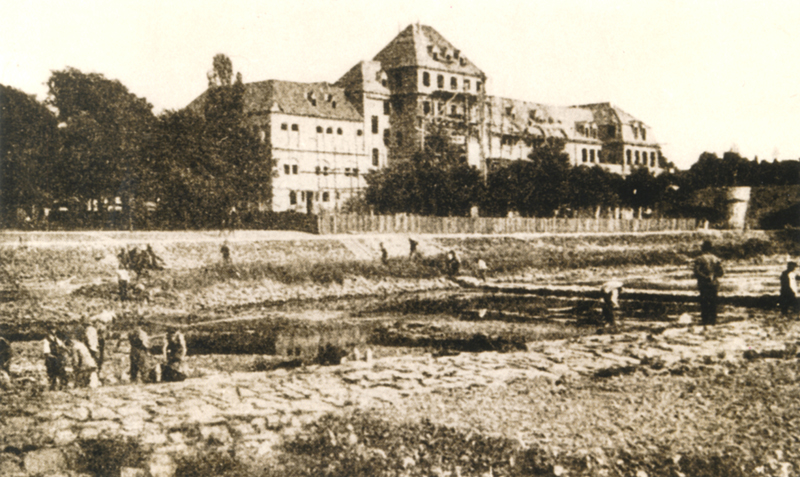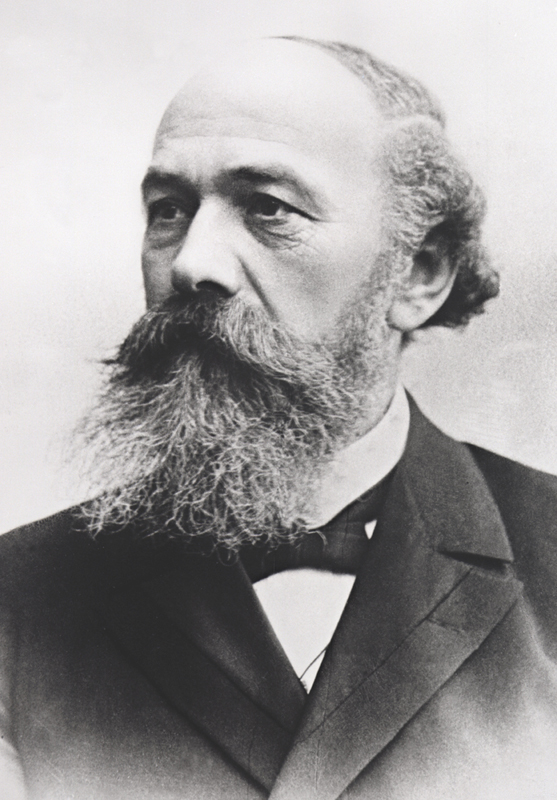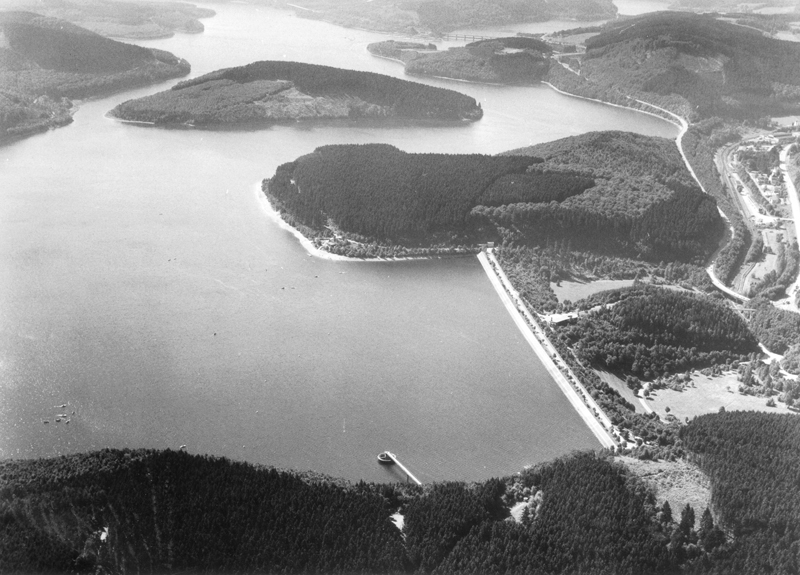The history of dam and reservoir construction on the River Ruhr
The River Ruhr, namesake to one of the largest urban agglomerations in Europe, is a relatively small river. Nevertheless, it serves an important task: Providing a sufficient amount of clean water to more than five million people in the region.
This has not always been the case: With the onset of industrialisation, the River Ruhr had become a pawn of competing interests. Power plant owners needed the river’s hydroelectric power to operate their turbines. Waterworks owners abstracted water from the river and exported it to the catchment areas of other rivers unsuitable for drinking water abstraction. And the constantly increasing population and growing industry (ab)used the river for wastewater disposal – just as people had done for centuries in the pre-industrial age. Especially in dry years, water scarcity and pollution were so dramatic that the lower Ruhr turned into a brackish stream crossable on foot.
As the Sauerland region is a high precipitation area, it took the construction of dams and reservoirs to bring the solution. Reservoirs store water in times of high discharge, and release it to the river in times of low natural water level. The construction of dams and reservoirs was greatly advanced by the foundation of the Ruhr Reservoirs Association (Ruhrtalsperrenverein) in 1899. In its early stages, it supported the construction of smaller reservoirs and dams such as the Fürwigge Dam and Reservoir and the Ennepe Dam and Reservoir. Later, it moved on to construct its first own project, the Möhne Dam and Reservoir - the largest of its kind in Europe at the time.
During the early phase of dam and reservoir construction in the late 19th and early 20th century, reservoirs were impounded by slim, arched masonry dams designed in accordance with the principles developed by Professor Otto Intze from Aachen.
In the 1920s, the construction of embankment dams - starting in North America - prevailed over other forms of dam construction. The dams were built as zoned earth-fill dams with a concrete core. The Sorpe Dam and the Verse Dam were constructed in this fashion.
The most recent form of main dam construction is rockfill dams sealed with a double surface layer of asphalt concrete and an integrated drainage layer. The central impervious fill is reinforced by a bituminous transition zone, designed to prevent dangerous erosion from seepage on the downstream side of the dam, if case the outer shell is damaged. This construction method was first used in the Ruhr river basin in 1951, when the Henne Dam was built between 1951 and 1955. The largest dam of the Ruhrverband, the Bigge Dam, was also built as an embankment dam with a bituminous outer shell.












